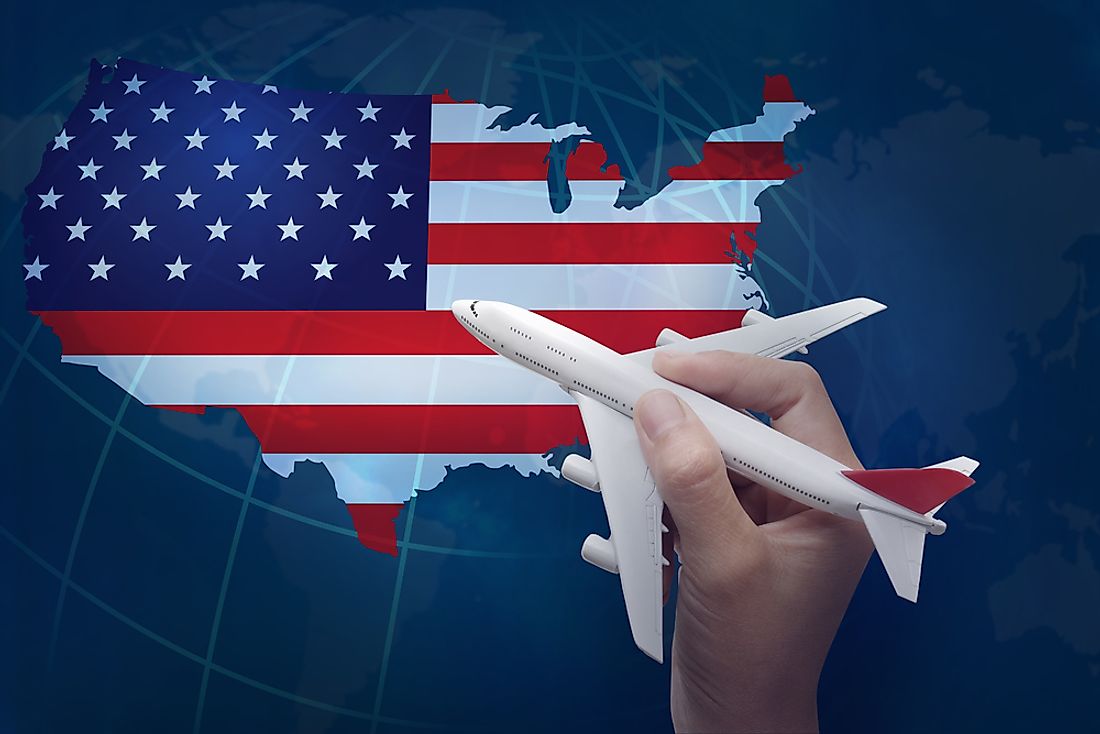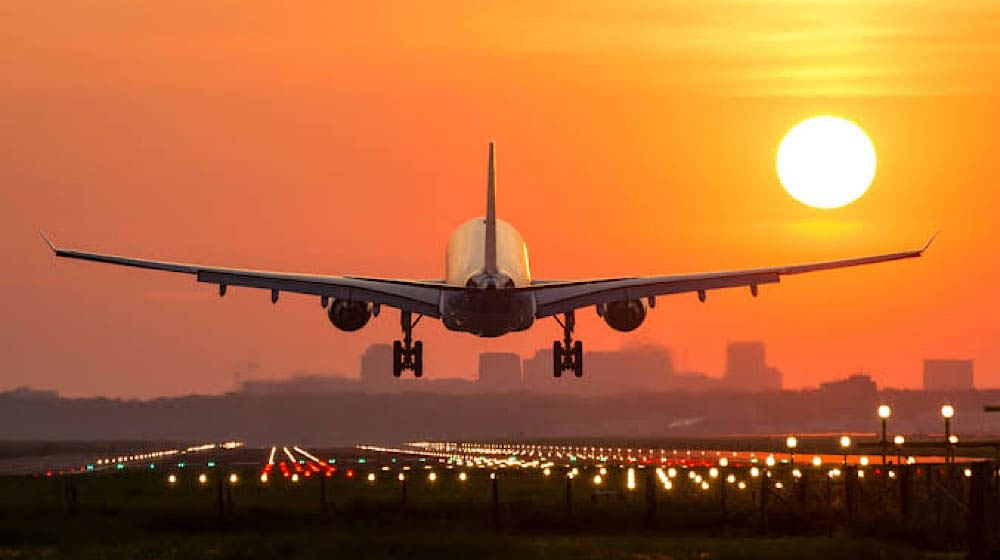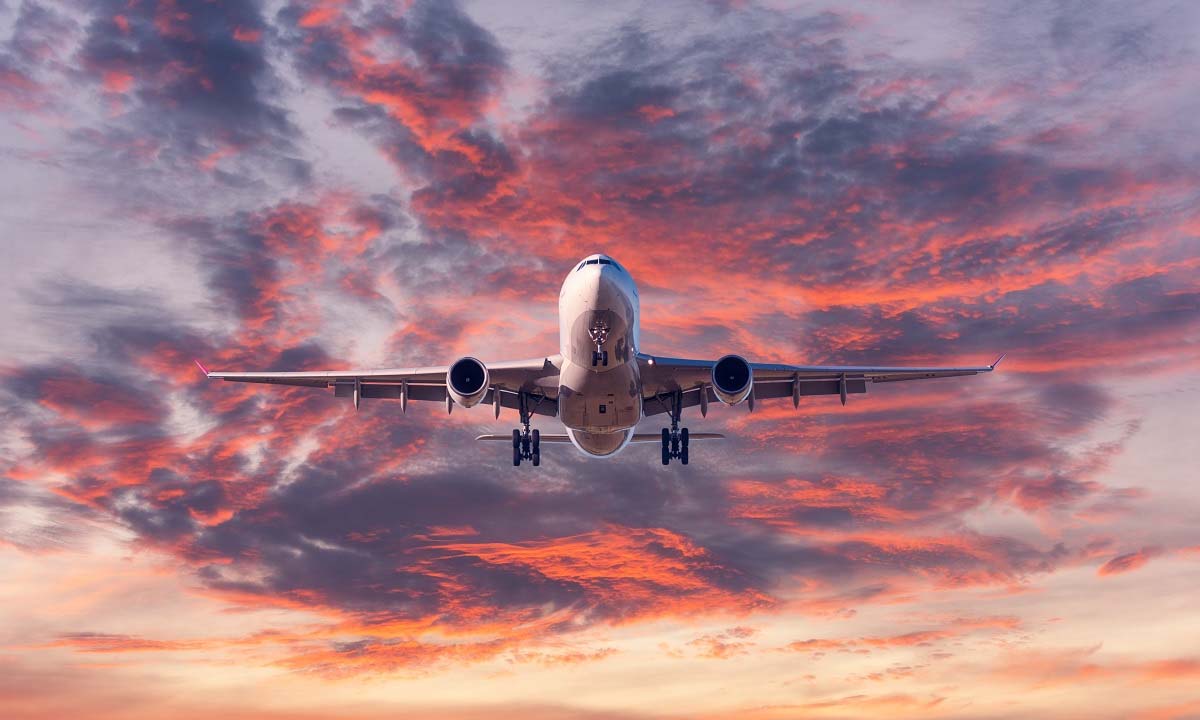 Log in
Log in

In a promising development for travelers, business communities, and the Pakistani diaspora, efforts to restore direct flights from Pakistan to the United States are gaining momentum. Officials from Pakistan’s Civil Aviation Authority (CAA) and the U.S. Federal Aviation Administration (FAA) are actively engaged in discussions that could pave the way for non-stop air travel between the two nations after years of suspension.
The restoration of direct flights between Pakistan and the USA has been under consideration for some time. Recent updates indicate that an official delegation from the FAA is preparing to visit Pakistan to assess aviation safety and regulatory standards. This visit is seen as a crucial step in determining whether Pakistan’s aviation sector is now compliant with the requirements necessary to re-establish direct flight operations.
During their visit, FAA officials will meet with their counterparts at the Pakistan CAA, conduct site inspections, and evaluate infrastructure, operational safety, and oversight procedures. The aim is to determine whether Pakistan can once again be granted a Category 1 aviation safety rating—an essential prerequisite for operating direct flights to the United States.
Pakistan was downgraded to Category 2 several years ago, which prevented its airlines from launching new routes to the United States or codesharing with U.S. carriers. To operate direct flights, a country must meet international standards for airline operations, maintenance, training, and air traffic control. Regaining Category 1 status would certify that Pakistan’s aviation oversight meets the stringent requirements laid out by the International Civil Aviation Organization (ICAO) and the FAA.
The outcome of the FAA’s review will play a defining role in shaping the future of air connectivity between the two countries. If Pakistan is approved for Category 1, direct routes between major cities like Islamabad, Lahore, and Karachi to destinations such as New York, Chicago, or Houston could soon resume.
Direct flights from Pakistan to the United States were suspended due to safety and compliance concerns. For years, travelers between the two countries have had to rely on connecting flights through the Middle East or Europe. This not only extended travel times but also increased costs and inconvenience, particularly for families, business travelers, and students.
The suspension also impacted the national carrier, which previously operated several weekly direct flights to key U.S. cities. Since then, efforts have been ongoing to bring Pakistani aviation in line with global standards through improved safety practices, enhanced training protocols, and stricter regulatory oversight.
The FAA’s upcoming inspection visit is expected to be thorough. During their stay, officials will review documentation, audit safety records, and inspect facilities and equipment. Meetings with aviation personnel will help assess the competency of pilots, maintenance teams, and air traffic controllers.
In parallel, security assessments by the U.S. Transportation Security Administration (TSA) will likely follow, ensuring that airport and inflight security meet the standards required for U.S.-bound flights.
Once both the FAA and TSA complete their evaluations and issue a positive report, Pakistani carriers would be eligible to resume or introduce direct flight routes to the United States.
The resumption of direct flights from Pakistan to the USA is expected to bring wide-reaching benefits. For the economy, it will facilitate trade, investment, and tourism. The ability to move people and goods directly between the two nations will reduce logistical hurdles and attract business travelers looking for efficiency.
For the Pakistani diaspora in the United States, this development offers renewed convenience and improved access. With hundreds of thousands of Pakistani-Americans living in the U.S., direct routes will reconnect families, ease travel planning, and support cultural and academic exchanges.
The development also enhances Pakistan’s image on the global aviation map. Successfully passing safety and compliance checks signals progress and boosts confidence among international airlines, investors, and travel agencies.
Beyond just U.S. connectivity, this process is part of a broader transformation within Pakistan’s aviation sector. Over recent years, the country has invested in modernizing airports, updating aviation laws, and restructuring airline operations to meet global benchmarks.
New domestic carriers have emerged, and existing operators are being pushed toward privatization and restructuring. These steps are aimed at making Pakistani aviation more competitive, efficient, and internationally recognized.
Regaining the ability to operate direct flights to a country as influential as the United States would mark a major milestone in this transformation. It demonstrates that Pakistan is committed to maintaining high standards in civil aviation, not only for passengers but also for global partnerships.
While no official start date for flights has been announced, aviation authorities are optimistic that if the FAA and TSA inspections are successful, flights could resume within months. Pakistani carriers are expected to prioritize popular routes such as Islamabad to New York and Karachi to Chicago.
Once approved, airlines will need time to prepare aircraft, crew, and schedules, as well as coordinate logistics with U.S. airports. Ticket sales would likely follow soon after, with operations beginning once all final permissions are granted.
Given the high demand for direct flights from Pakistan to the USA, initial routes may sell out quickly, prompting airlines to consider increasing frequency or adding new destinations based on performance.
Despite the positive developments, a few hurdles remain. If the FAA inspection uncovers areas where Pakistan needs further improvement, it may delay final approval. In such a case, authorities would need to act quickly to address any shortcomings.
Another challenge will be ensuring that the operational side—from aircraft maintenance to security screening—is consistently managed to meet U.S. standards over the long term. Sustained compliance will be essential not just to resume flights but to maintain them.
Additionally, airline readiness is crucial. Aircraft availability, route profitability, and customer service standards must be aligned with expectations of international travelers, especially those flying long-haul.
The possibility of direct flights from Pakistan to the United States is no longer just a distant hope—it is an achievable reality moving closer to takeoff. With regulatory cooperation, a proactive aviation strategy, and strong demand from the public, the stage is set for a significant leap in Pakistan’s global connectivity.
For travelers, businesses, and the broader economy, the return of these flights will symbolize not just convenience, but a new chapter in Pakistan’s aviation journey—one that takes off directly into the heart of North America.



